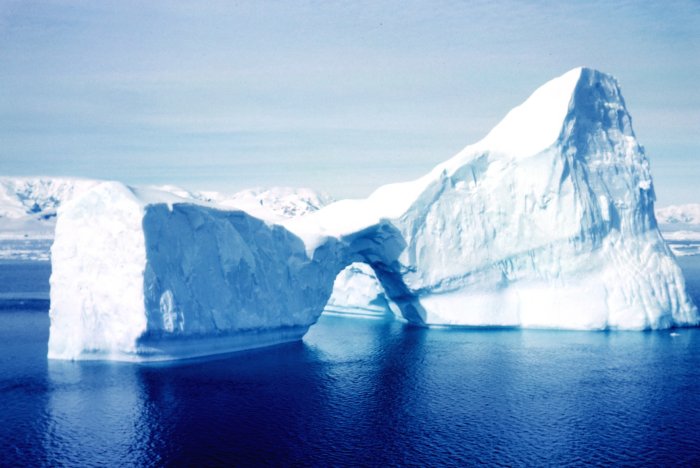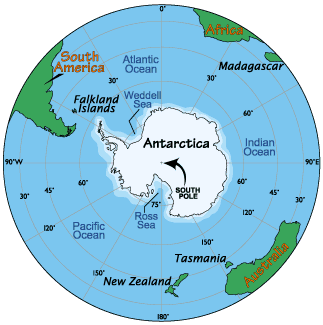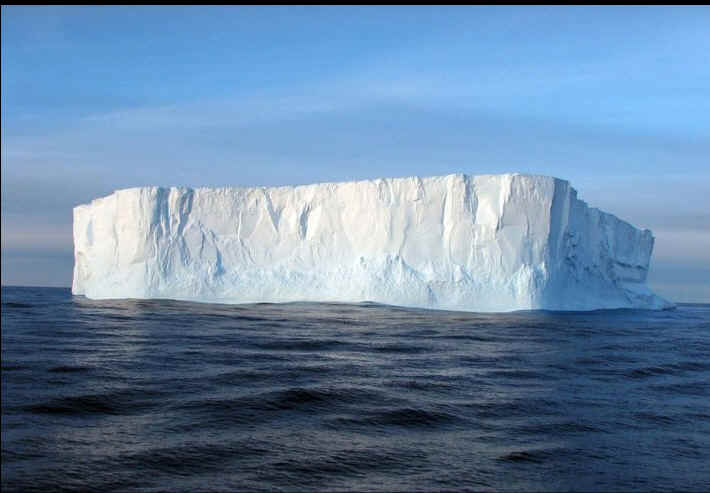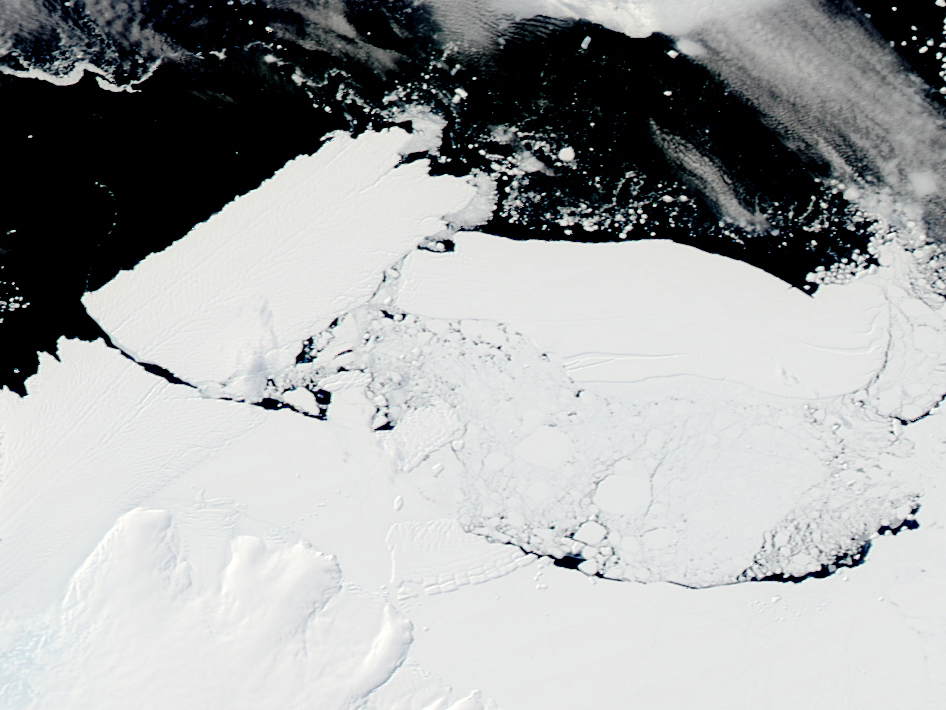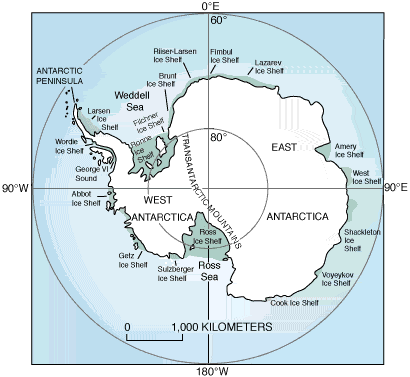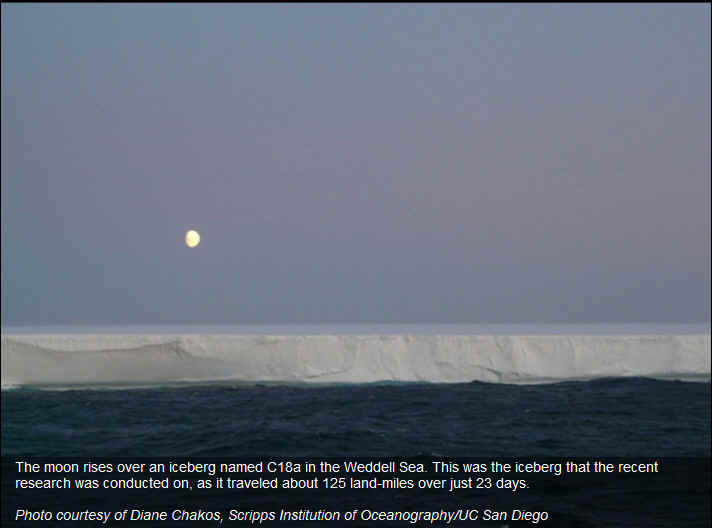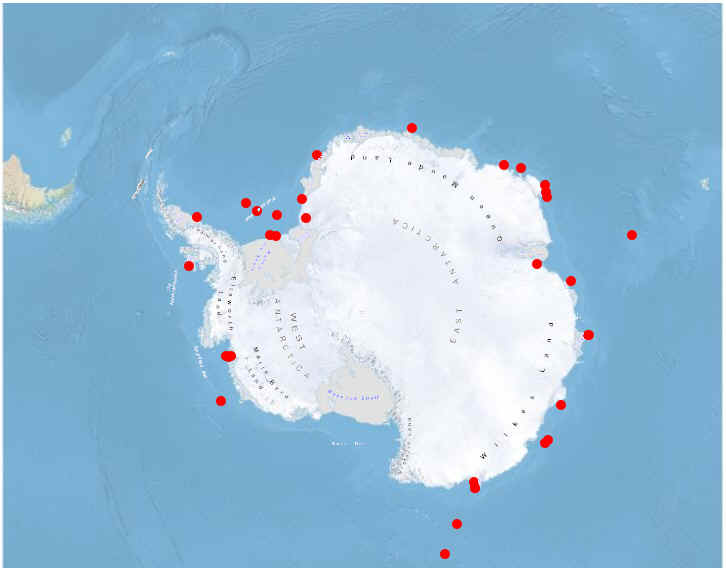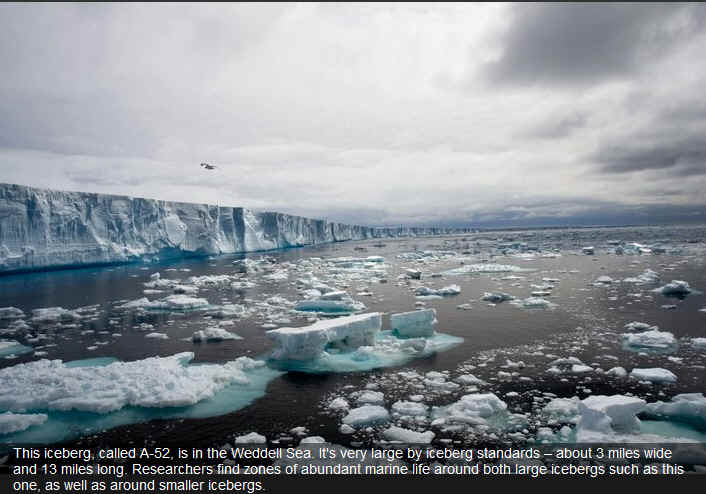
|
||||||||||||
|
|
|
Icebergs of the Antarctic
Photographer: Rear Admiral Harley D. Nygren, NOAA Corps
Map from Worldatlas.com
An oblong iceberg roughly as big as Rhode Island called B-09B (center right in
this image) collided with the edge of the Mertz Glacier in eastern Antarctica
this month breaking away a new iceberg (top left) that is nearly as large at
B-09B. This image from Feb. 20, 2010, is one of a series of images from NASA's
Aqua satellite that showed the progression and aftermath of the collision. The
floating ice tongue of the glacier is created as ice flows down from Antarctica
and onto the water. Glacier tongues grow longer year by year until they
eventually break off, calving a new iceberg.
Iceberg names are derived from the Antarctic quadrant in which they were
originally sighted. The quadrants are divided counter-clockwise in the
following manner:
When an iceberg is first sighted, The National Ice Center documents its point of origin. The letter of the quadrant, along with a sequential number is assigned to the iceberg.
Iceberg off Mertz Glacier Tongue NASA Earth Observatory image by Jesse Allen, using EO-1
U.S. National Ice Center Home (usicecenter.gov)
Antarctic Icebergs CURRENT POSITIONS National Ice Center (NIC) Chart NIC Antarctic Iceberg Locations Polar Map Preview on PolarWatch (noaa.gov)
http://www.natice.noaa.gov/products/south_icebergs_on_demand.html
The National Ice Center is a tri-agency operational center represented by the United States Navy (Department of Defense); the National Oceanic and Atmospheric Administration Department of Commerce); and the United States Coast Guard (Department of Transportation). The National Ice Center mission is to provide world-wide operational ice analyses for the armed forces of the United States and allied nations, U.S. government agencies, and the private sector.
Homepage | National Snow and Ice Data Center (nsidc.org)
Credit: U.S. Coast Guard, The National Ice Center, Royal New Zealand Air Force,NOAA |
